Analys
OPEC meeting May 25th – Give me a premium!

 OPEC members and some non-OPEC producers including Russia are most likely going to decide to maintain current production cuts for another six to nine months. Inventories are likely to draw down towards normal at the end of 2017. It will be supportive for oil prices in H2-17 and would likely lift the front month Brent crude oil contract to $60/b by the end of 2017. The risk is however that US shale oil production is stimulated to grow yet more driving both 2018 and 2019 into strict surplus. It may thus be increasingly difficult to exit the cuts further down the road. It thus poses a downside price risk to 2018 unless some cuts are kept all through 2018 as well as 2019.
OPEC members and some non-OPEC producers including Russia are most likely going to decide to maintain current production cuts for another six to nine months. Inventories are likely to draw down towards normal at the end of 2017. It will be supportive for oil prices in H2-17 and would likely lift the front month Brent crude oil contract to $60/b by the end of 2017. The risk is however that US shale oil production is stimulated to grow yet more driving both 2018 and 2019 into strict surplus. It may thus be increasingly difficult to exit the cuts further down the road. It thus poses a downside price risk to 2018 unless some cuts are kept all through 2018 as well as 2019.
“We think that we have everybody on board” said Saudi Arabia’s energy minister Khalid al-Falih (Bloomberg) following a meeting in Vienna on Friday in preparation for the ministerial OPEC meeting on May 25th this week. Both OPEC and some non-OPEC producers were present. He stated that everybody he had talked to viewed a nine months extension of the cuts in H1-17 as a wise decision. Apparently there thus seems to be a unanimous support for an extension of the current cuts. There still seems to be some discussion whether to extend the cuts to Dec 2017 or to Mar 2018.
On November 30th last year individual OPEC members decided to cut production by 1.17 mb/d versus their October production level while a group of non-OPEC producers joined in with a promised cut of 0.6 mb/d. Thus a pledged cut from both OPEC and non-OPEC members of close to 1.8 mb/d. Both OPEC and Russia have delivered on their pledges with OPEC’s production down 1.14 mb/d averaging 32.1 mb/d so far this year while Russia’s production was down 0.3 mb/d in April versus November.
Oil demand will jump seasonally by close to 2% (close to 2 mb/d) from H1-17 to H2-17. Thus production cuts will get a tailwind help by this seasonal jump in demand. If OPEC keeps its production at 32 mb/d in H2-17 we expect global oil inventories to draw down some 350 mb. OECD’s commercial crude and product inventories are today some 300 mb above normal. Some of the draw down may however take place in unspecified non-OECD inventories.
When OPEC decided to cut production last November it did talk about prices. An oil price of $60/b was mentioned many times. That was probably a mistake as it helped to shift forward crude curves higher and helped to stimulate US shale oil rig activation unnecessary.
Now there is no talk about an oil price level. The whole focus is on inventories. When oil inventories are above normal and rising then the crude curves are in deep contango which means a large spot price discount to longer dated crude contracts. Last year the front month Brent crude oil contract had an average discount of $12/b versus the five year contract. Since OPEC mostly sells its oil in the spot market it lost some $150 – 200bn last year solely due to this spot price discount of $12/b. When oil inventories are below normal and the market is tight then the forward curve is instead backwardated with spot prices at a premium to longer dated prices. That is what OPEC desires and long for.
OPEC knows that it cannot control the oil price over time. Especially it cannot place it at an artificially high level over time without having to accept a continuous decline in market share which over time is of course unsustainable. OPEC can however intervene in the market in the short term. The goal now is to draw down oil inventories. To move away from a contango market with a spot price discount which has been the situation since mid-2014 and instead hoping for a backwardated market with a spot price premium over longer dated crude prices. “Give me a premium!” is basically what OPEC is asking.
Over the last year we have learned that when the WTI 18 months forward crude oil contract is below $47.5/b then the number of US shale oil rigs is declining. When it is above it is increasing. This rig count inflection point is of course not cut in stone. It rises with cost inflation and declines with volume productivity growth. Over the last year the oil price has stimulated US shale oil to expand continuously. The number of oil rigs is still rising, but productivity growth has lately halted to zero on the margin while cost inflation has accelerated. The inflection point may thus start to rise if US shale oil production is stimulated to expand yet more in response to a positive price signal following further production cuts.
Three examples of price settings and dynamics in a global oil market with US shale oil on the margin:
1)US shale oil at neutral with normal inventories:
WTI crude 18 month contract = $47.5/b (no expansion or contraction in US oil rig count)
Brent crude 18 month contract = $50.0/b (Brent crude trades at a $2.5/b premium to WTI)
Brent crude 1 month contract = $50.0/b (Brent crude oil curve is flat)
2)US shale oil accelerating in a deficit market with below normal OECD inventories:
WTI crude 18 month contract = $55.0/b (Solid expansion in US oil rig count)
Brent crude 18 month contract = $57.5/b (Brent crude trades at a $2.5/b premium to WTI)
Brent crude 1 month contract = $65.0/b (Brent 1 mth at a $7.5/b premium to the 18 mth)
3)US shale oil is slowing in a surplus oil market with above normal OECD inventories:
WTI crude 18 month contract = $40.0/b (Solid contraction in US oil rig count)
Brent crude 18 month contract = $42.5/b (Brent crude trades at a $2.5/b premium to WTI)
Brent crude 1 month contract = $35.0/b (Brent 1 mth at a $7.5/b discount to the 18 mth)
Thus even if we assume that the US shale oil rig count inflection point is fixed at $47.5/b in the above three different exemplified states it still leaves the Brent crude oil front month contract to range within a large span of ranging from $35/b to $65/b. Then add cost inflation/deflation on top of the expansionary and contractionary phases and the span becomes even larger.
If production cuts are maintained for another six to nine months we expect it to drive OECD inventories down to normal or below by year end 2017. It is also likely to hold oil prices at such a level that it stimulates US shale oil rig activation yet further. The market will thus move towards a state depicted in example two above: A market in deficit due to production cuts with inventories below normal and a crude oil curve in backwardation. That is of course as long as the market is still in deficit.
The big question is what will happen when the cuts end in six to nine months. Rosneft’s CEO, Igor Sechin, has asked the Russian government to draw up a plan for an orderly exit from the ongoing production cuts. He sees a clear risk for a renewed competitive battle and price war if US production growth is not contained and production cuts ends uncontrolled.
It is clear that the likely decision to cut for another six to nine months will stimulate US crude oil production to grow yet more. Our projection is that US crude oil production will grow by 0.52 mb/d y/y in 2017 and by 1.51 mb/d y/y in 2018. However, if the oil price stimulates the US shale oil rig count to grow by 30 rigs/month (its current pace of expansion) from July 2017 to March 2018 then we project that US crude production will grow 2.3 mb/d y/y in 2018 driving the market into strict surplus for both 2018 and 2019 (assuming sufficient labor, materials and services capacities in the US shale oil space).
The risk is thus that if cuts are extended (as now seems likely), then there is likely going to be a need for cuts all through 2018 and 2019. Else the market is likely to shift into surplus, growing inventories, a crude curve which shifts from backwardation to contango again and a price level which needs to move down again in order to send a signal to US shale oil producers to reduce the number of oil rigs in operation again. I.e. the oil market could possibly shift back to phase 3) above again for a while.
If production cuts are extended and OECD inventories are drawn down towards normal by year end we expect the Brent crude oil curve to flip into backwardation by some $5/b versus the 18 month contract. It also seems reasonable to expect the the US rig count inflection point to shift up $5/b from $47.5/b to $52.5/b. Since Brent crude trades at a $2.5/b premium to WTI it places the Brent 18 mth contract at $55/b by year end. Adding a backwardation premium of $5/b to this means that the front month Brent crude oil contract would trade at $60/b by the end of 2017. The head-scratching problem is then that 2018 and 2019 may have shifted into surplus if 30 rigs are added per month from Jul-17 to Mar-18.
Kind regards
Bjarne Schieldrop
Chief analyst, Commodities
SEB Markets
Merchant Banking
Analys
More weakness and lower price levels ahead, but the world won’t drown in oil in 2026

Some rebound but not much. Brent crude rebounded 1.5% yesterday to $65.47/b. This morning it is inching 0.2% up to $65.6/b. The lowest close last week was on Thursday at $64.11/b.

The curve structure is almost as week as it was before the weekend. The rebound we now have gotten post the message from OPEC+ over the weekend is to a large degree a rebound along the curve rather than much strengthening at the front-end of the curve. That part of the curve structure is almost as weak as it was last Thursday.
We are still on a weakening path. The message from OPEC+ over the weekend was we are still on a weakening path with rising supply from the group. It is just not as rapidly weakening as was feared ahead of the weekend when a quota hike of 500 kb/d/mth for November was discussed.
The Brent curve is on its way to full contango with Brent dipping into the $50ies/b. Thus the ongoing weakening we have had in the crude curve since the start of the year, and especially since early June, will continue until the Brent crude oil forward curve is in full contango along with visibly rising US and OECD oil inventories. The front-month Brent contract will then flip down towards the $60/b-line and below into the $50ies/b.
At what point will OPEC+ turn to cuts? The big question then becomes: When will OPEC+ turn around to make some cuts? At what (price) point will they choose to stabilize the market? Because for sure they will. Higher oil inventories, some more shedding of drilling rigs in US shale and Brent into the 50ies somewhere is probably where the group will step in.
There is nothing we have seen from the group so far which indicates that they will close their eyes, let the world drown in oil and the oil price crash to $40/b or below.
The message from OPEC+ is also about balance and stability. The world won’t drown in oil in 2026. The message from the group as far as we manage to interpret it is twofold: 1) Taking back market share which requires a lower price for non-OPEC+ to back off a bit, and 2) Oil market stability and balance. It is not just about 1. Thus fretting about how we are all going to drown in oil in 2026 is totally off the mark by just focusing on point 1.
When to buy cal 2026? Before Christmas when Brent hits $55/b and before OPEC+ holds its last meeting of the year which is likely to be in early December.
Brent crude oil prices have rebounded a bit along the forward curve. Not much strengthening in the structure of the curve. The front-end backwardation is not much stronger today than on its weakest level so far this year which was on Thursday last week.
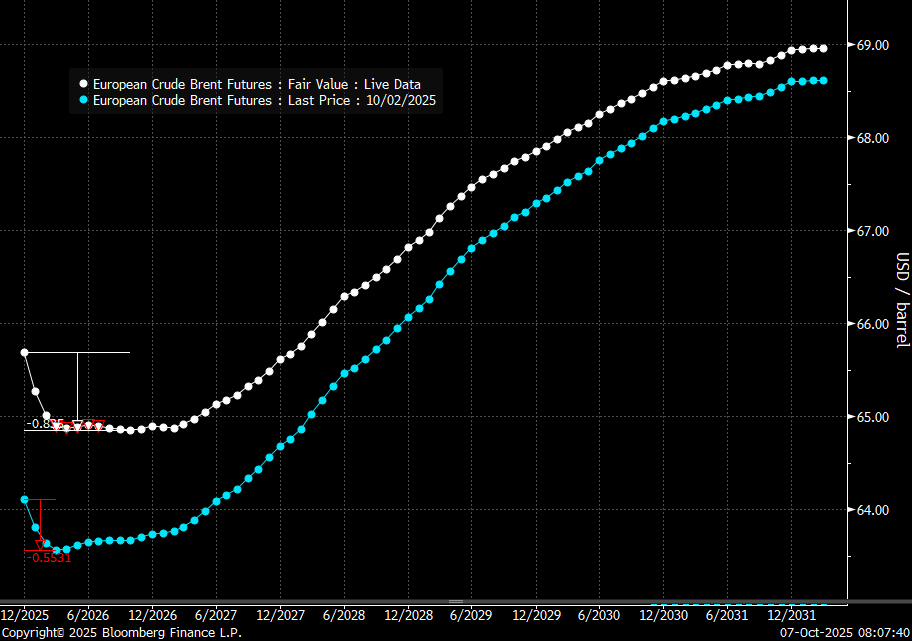
The front-end backwardation fell to its weakest level so far this year on Thursday last week. A slight pickup yesterday and today, but still very close to the weakest year to date. More oil from OPEC+ in the coming months and softer demand and rising inventories. We are heading for yet softer levels.
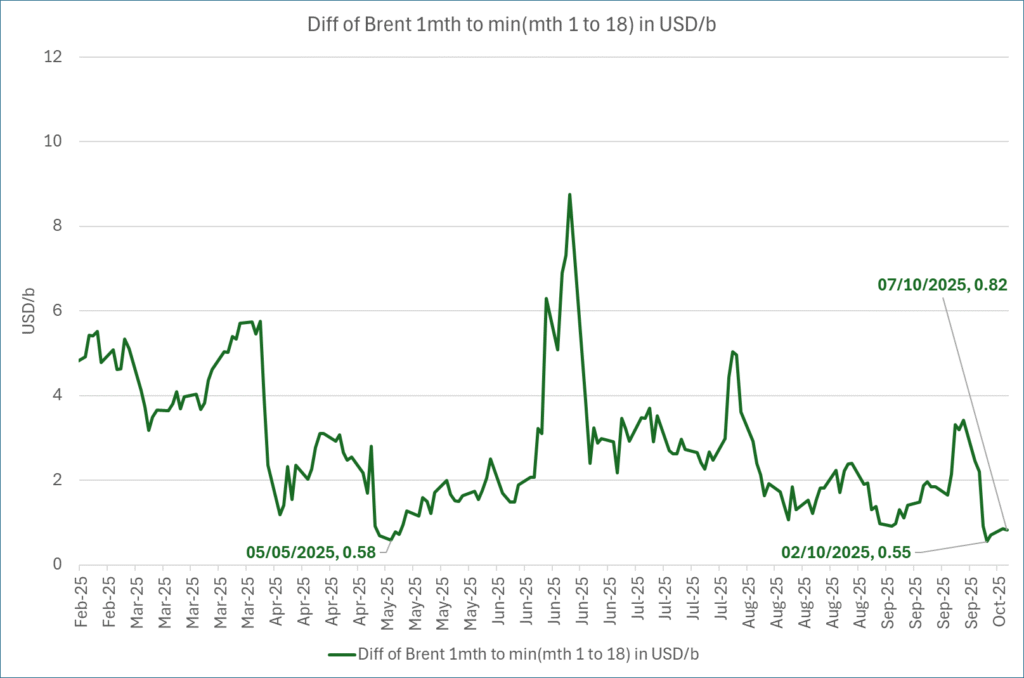
Analys
A sharp weakening at the core of the oil market: The Dubai curve

Down to the lowest since early May. Brent crude has fallen sharply the latest four days. It closed at USD 64.11/b yesterday which is the lowest since early May. It is staging a 1.3% rebound this morning along with gains in both equities and industrial metals with an added touch of support from a softer USD on top.

What stands out the most to us this week is the collapse in the Dubai one to three months time-spread.
Dubai is medium sour crude. OPEC+ is in general medium sour crude production. Asian refineries are predominantly designed to process medium sour crude. So Dubai is the real measure of the balance between OPEC+ holding back or not versus Asian oil demand for consumption and stock building.
A sharp weakening of the front-end of the Dubai curve. The front-end of the Dubai crude curve has been holding out very solidly throughout this summer while the front-end of the Brent and WTI curves have been steadily softening. But the strength in the Dubai curve in our view was carrying the crude oil market in general. A source of strength in the crude oil market. The core of the strength.
The now finally sharp decline of the front-end of the Dubai crude curve is thus a strong shift. Weakness in the Dubai crude marker is weakness in the core of the oil market. The core which has helped to hold the oil market elevated.
Facts supports the weakening. Add in facts of Iraq lifting production from Kurdistan through Turkey. Saudi Arabia lifting production to 10 mb/d in September (normal production level) and lifting exports as well as domestic demand for oil for power for air con is fading along with summer heat. Add also in counter seasonal rise in US crude and product stocks last week. US oil stocks usually decline by 1.3 mb/week this time of year. Last week they instead rose 6.4 mb/week (+7.2 mb if including SPR). Total US commercial oil stocks are now only 2.1 mb below the 2015-19 seasonal average. US oil stocks normally decline from now to Christmas. If they instead continue to rise, then it will be strongly counter seasonal rise and will create a very strong bearish pressure on oil prices.
Will OPEC+ lift its voluntary quotas by zero, 137 kb/d, 500 kb/d or 1.5 mb/d? On Sunday of course OPEC+ will decide on how much to unwind of the remaining 1.5 mb/d of voluntary quotas for November. Will it be 137 kb/d yet again as for October? Will it be 500 kb/d as was talked about earlier this week? Or will it be a full unwind in one go of 1.5 mb/d? We think most likely now it will be at least 500 kb/d and possibly a full unwind. We discussed this in a not earlier this week: ”500 kb/d of voluntary quotas in October. But a full unwind of 1.5 mb/d”
The strength in the front-end of the Dubai curve held out through summer while Brent and WTI curve structures weakened steadily. That core strength helped to keep flat crude oil prices elevated close to the 70-line. Now also the Dubai curve has given in.
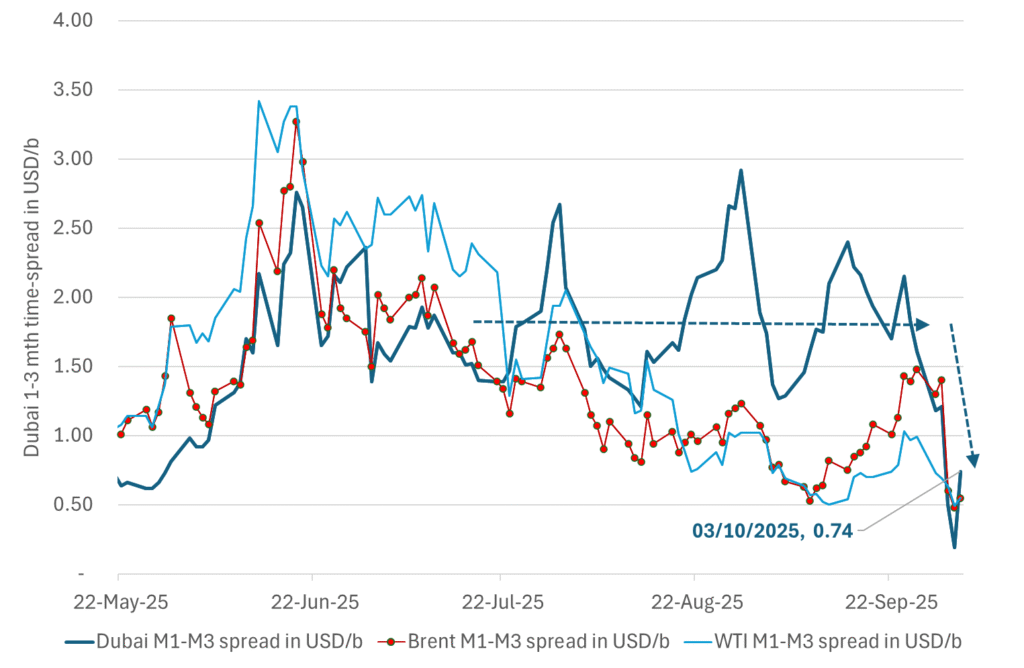
Brent crude oil forward curves
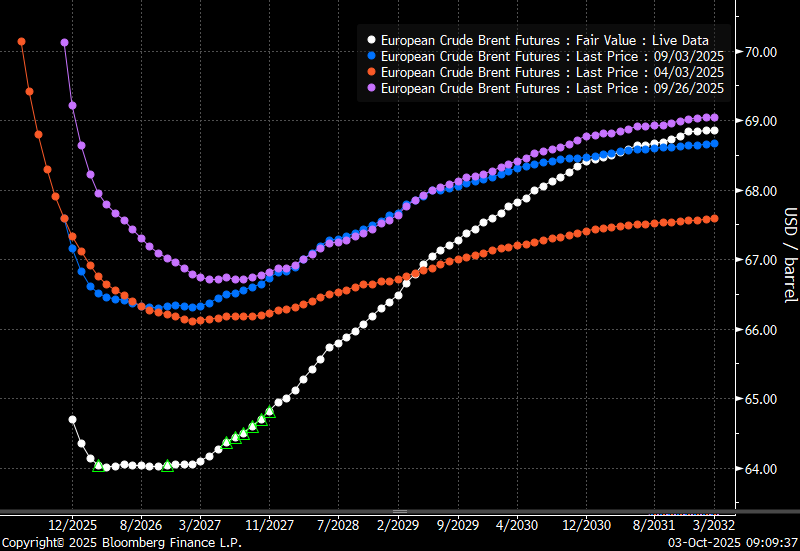
Total US commercial stocks now close to normal. Counter seasonal rise last week. Rest of year?
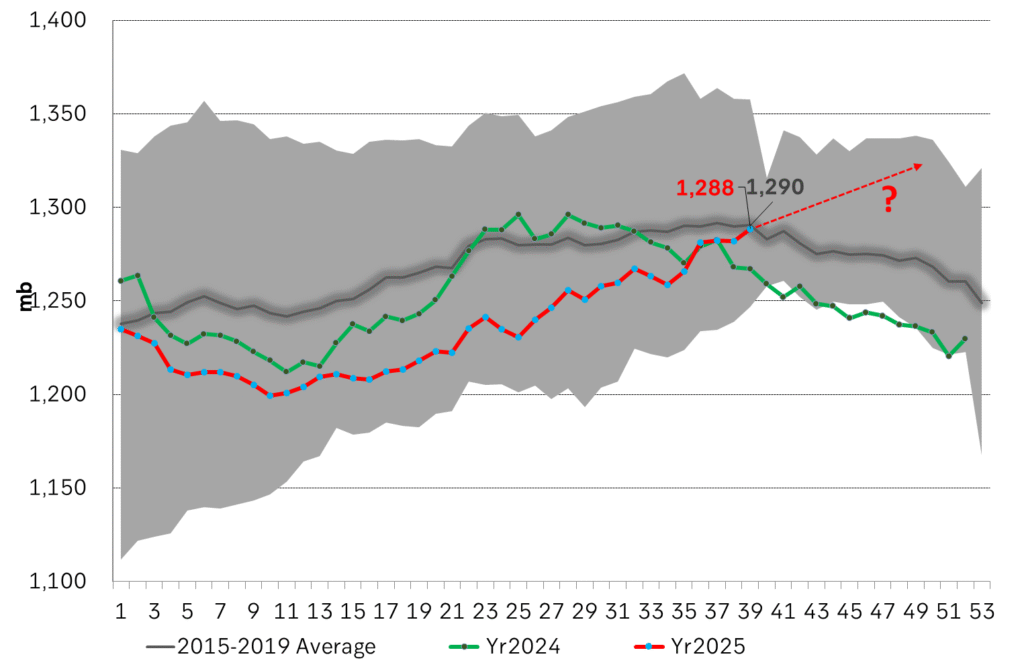
Total US crude and product stocks on a steady trend higher.
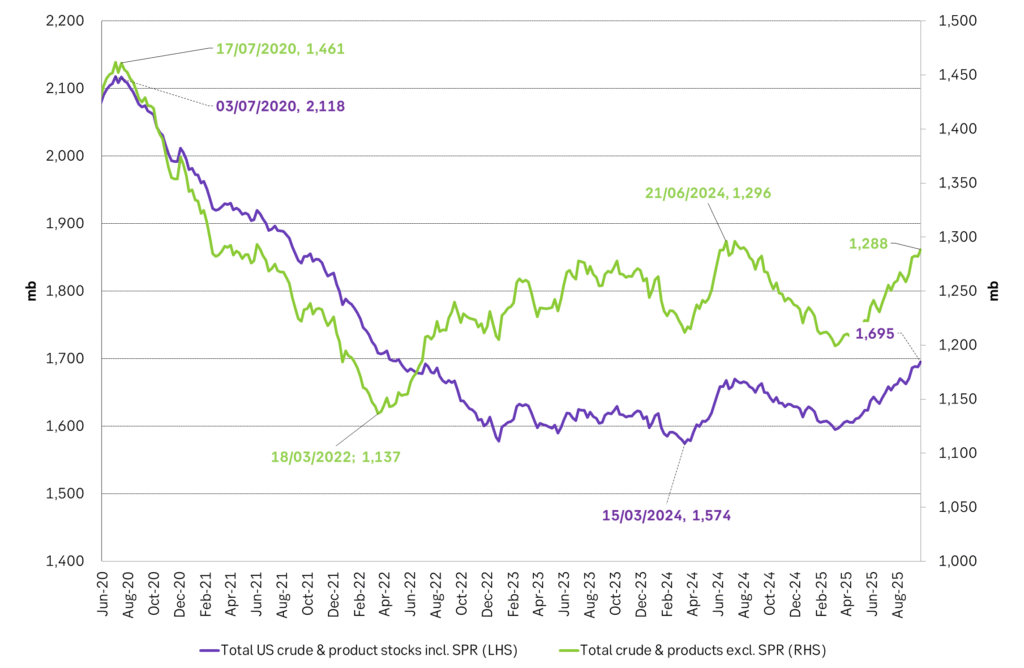
Analys
OPEC+ will likely unwind 500 kb/d of voluntary quotas in October. But a full unwind of 1.5 mb/d in one go could be in the cards

Down to mid-60ies as Iraq lifts production while Saudi may be tired of voluntary cut frugality. The Brent December contract dropped 1.6% yesterday to USD 66.03/b. This morning it is down another 0.3% to USD 65.8/b. The drop in the price came on the back of the combined news that Iraq has resumed 190 kb/d of production in Kurdistan with exports through Turkey while OPEC+ delegates send signals that the group will unwind the remaining 1.65 mb/d (less the 137 kb/d in October) of voluntary cuts at a pace of 500 kb/d per month pace.

Signals of accelerated unwind and Iraqi increase may be connected. Russia, Kazakhstan and Iraq were main offenders versus the voluntary quotas they had agreed to follow. Russia had a production ’debt’ (cumulative overproduction versus quota) of close to 90 mb in March this year while Kazakhstan had a ’debt’ of about 60 mb and the same for Iraq. This apparently made Saudi Arabia angry this spring. Why should Saudi Arabia hold back if the other voluntary cutters were just freeriding? Thus the sudden rapid unwinding of voluntary cuts. That is at least one angle of explanations for the accelerated unwinding.
If the offenders with production debts then refrained from lifting production as the voluntary cuts were rapidly unwinded, then they could ’pay back’ their ’debts’ as they would under-produce versus the new and steadily higher quotas.
Forget about Kazakhstan. Its production was just too far above the quotas with no hope that the country would hold back production due to cross-ownership of oil assets by international oil companies. But Russia and Iraq should be able to do it.
Iraqi cumulative overproduction versus quotas could reach 85-90 mb in October. Iraq has however steadily continued to overproduce by 3-5 mb per month. In July its new and gradually higher quota came close to equal with a cumulative overproduction of only 0.6 mb that month. In August again however its production had an overshoot of 100 kb/d or 3.1 mb for the month. Its cumulative production debt had then risen to close to 80 mb. We don’t know for September yet. But looking at October we now know that its production will likely average close to 4.5 mb/d due to the revival of 190 kb/d of production in Kurdistan. Its quota however will only be 4.24 mb/d. Its overproduction in October will thus likely be around 250 kb/d above its quota with its production debt rising another 7-8 mb to a total of close to 90 mb.
Again, why should Saudi Arabia be frugal while Iraq is freeriding. Better to get rid of the voluntary quotas as quickly as possible and then start all over with clean sheets.
Unwinding the remaining 1.513 mb/d in one go in October? If OPEC+ unwinds the remaining 1.513 mb/d of voluntary cuts in one big go in October, then Iraq’s quota will be around 4.4 mb/d for October versus its likely production of close to 4.5 mb/d for the coming month..
OPEC+ should thus unwind the remaining 1.513 mb/d (1.65 – 0.137 mb/d) in one go for October in order for the quota of Iraq to be able to keep track with Iraq’s actual production increase.
October 5 will show how it plays out. But a quota unwind of at least 500 kb/d for Oct seems likely. An overall increase of at least 500 kb/d in the voluntary quota for October looks likely. But it could be the whole 1.513 mb/d in one go. If the increase in the quota is ’only’ 500 kb/d then Iraqi cumulative production will still rise by 5.7 mb to a total of 85 mb in October.
Iraqi production debt versus quotas will likely rise by 5.7 mb in October if OPEC+ only lifts the overall quota by 500 kb/d in October. Here assuming historical production debt did not rise in September. That Iraq lifts its production by 190 kb/d in October to 4.47 mb/d (August level + 190 kb/d) and that OPEC+ unwinds 500 kb/d of the remining quotas in October when they decide on this on 5 October.
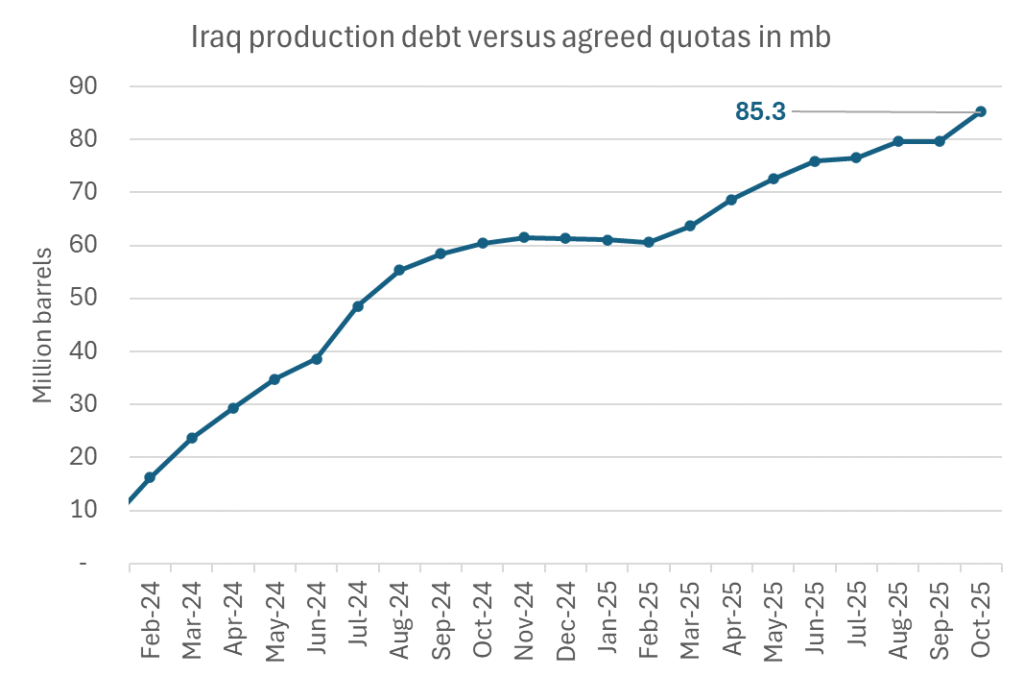
-

 Nyheter4 veckor sedan
Nyheter4 veckor sedanMahvie Minerals i en guldtrend
-

 Analys4 veckor sedan
Analys4 veckor sedanVolatile but going nowhere. Brent crude circles USD 66 as market weighs surplus vs risk
-
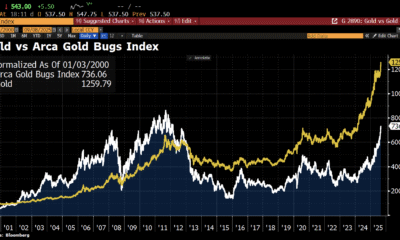
 Nyheter4 veckor sedan
Nyheter4 veckor sedanAktier i guldbolag laggar priset på guld
-

 Nyheter4 veckor sedan
Nyheter4 veckor sedanKinas elproduktion slog nytt rekord i augusti, vilket även kolkraft gjorde
-
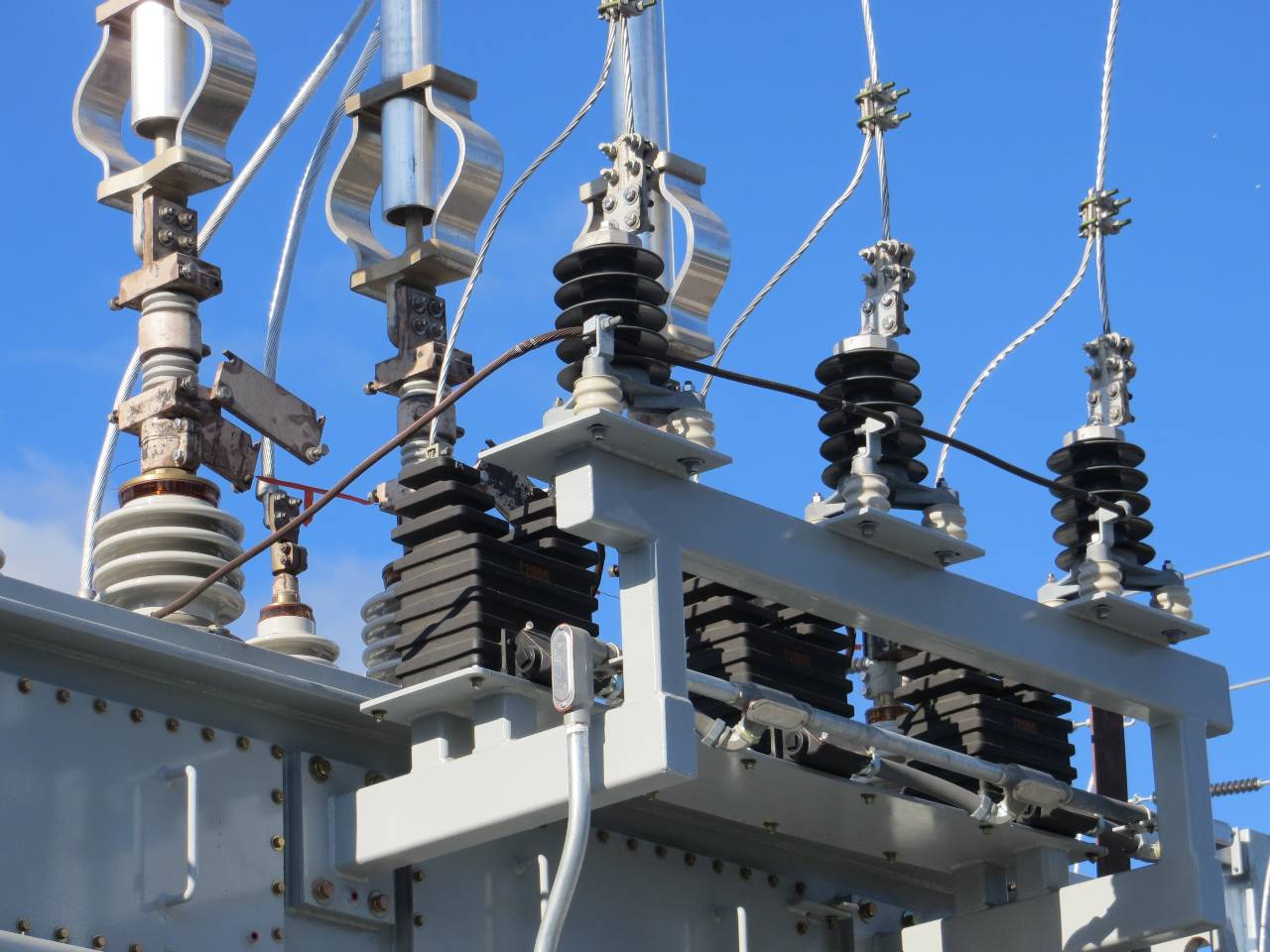
 Nyheter3 veckor sedan
Nyheter3 veckor sedanTyskland har så höga elpriser att företag inte har råd att använda elektricitet
-
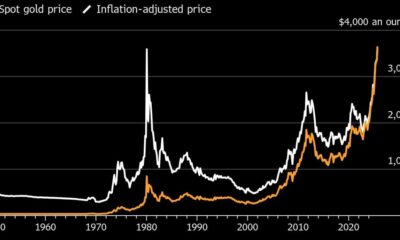
 Nyheter4 veckor sedan
Nyheter4 veckor sedanGuld når sin högsta nivå någonsin, nu även justerat för inflation
-
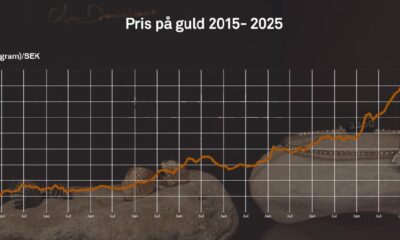
 Nyheter4 veckor sedan
Nyheter4 veckor sedanDet stigande guldpriset en utmaning för smyckesköpare
-

 Analys3 veckor sedan
Analys3 veckor sedanBrent crude ticks higher on tension, but market structure stays soft








